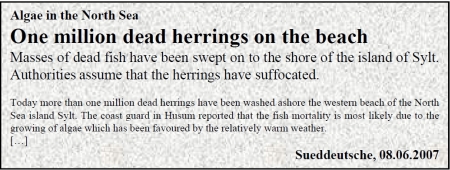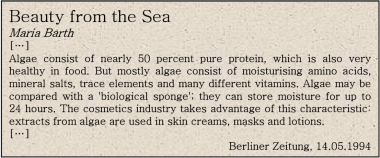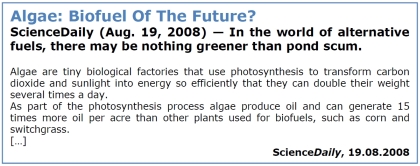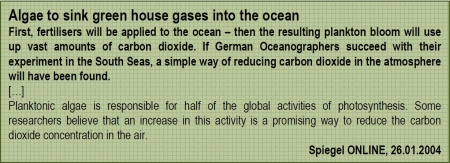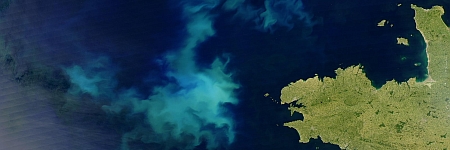3. Harmful Algal Blooms
Algae on the news
What do these headlines tell you about the character of algae?
Algae - What are they?
Algae are photosynthetic organisms that occur in most habitats, ranging from marine and freshwater to desert sands and from hot boiling springs to snow and ice. They vary from small, single-celled forms to complex multicellular forms, such as the giant kelps of the eastern Pacific that grow to more than 60 meters in length and form dense marine forests (Smithsonian).
Good algae or bad algae?
From the news headlines you have probably infered that algae can be both - useful and harmful.
Algae are important as primary producers of organic matter at the base of the food chain. They also provide oxygen for other aquatic life.
Algae contribute to economic well-being in the form of food, medicine and other products but they may also contribute to mass mortality
of other organisms - in cases of algal blooms.

